6. Ladies of Leisure (1930) – Barbara Stanwyck
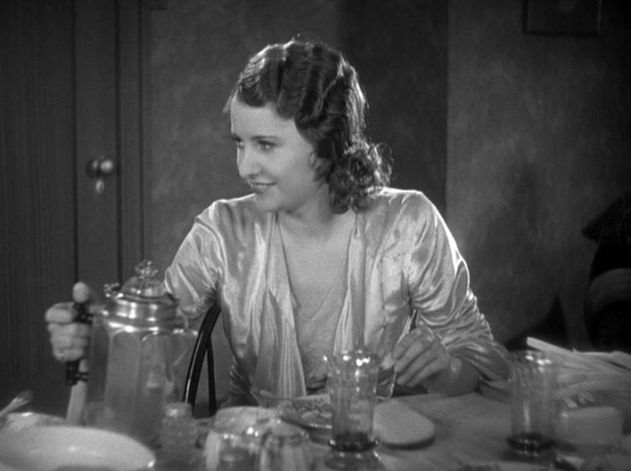
By 1944, Barbara Stanwyck commanded the highest income of any other woman in the United States, but in 1930 as she stepped onto the set of Ladies of Leisure, no one could have predicted the star she would become. Working with the same director responsible for giving several screen legends their big break, Frank Capra, Barbara Stanwyck starred in one of Hollywood’s first talking films when she played Kay Arnold in this romantic drama.
The story follows a trust fund baby, Jerry Strong, who is aspiring to be an artist when he meets Stanwyck’s character, Kay Arnold, in New York City and decides to paint her likeness for a project. When the project runs long and she ends up platonically sleeping over at his apartment, the situation is not viewed well by Jerry’s parents. Having now fallen in love with each other, Jerry walks away from his fortune, and Kay has to face her emotions for Jerry despite her troubled past.
With a storyline that focuses on nuances, this film highlights Barbara Stanwyck’s gift for subtle changes in her face to communicate a wide range of emotions. Studio executives must have had the same impression because after Ladies of Leisure, she would go on to make over 30 films and build a solid foundation as one of the strongest actors in Hollywood.
7. The Winning of Barbara Worth (1926) – Gary Cooper
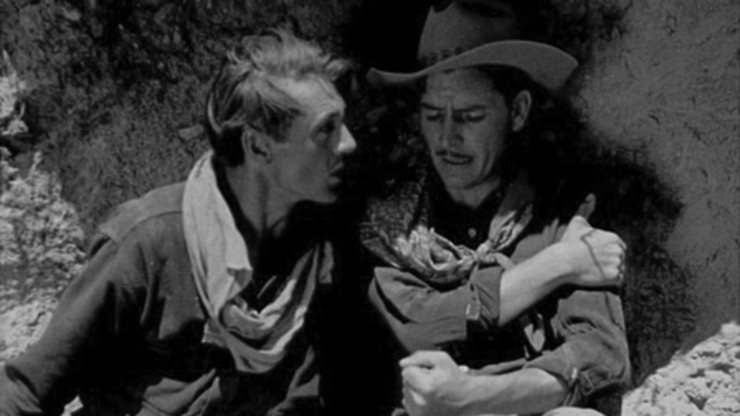
Before he dominated the silver screen in an astounding 84 leading roles, Gary Cooper starred in his first feature film as a star of the silent film era when he played Monte Blue in The Winning of Barbara Worth. Gary Cooper was a bona fide cowboy raised in Montana when he landed in Los Angeles on the studio lots of Poverty Row as an extra and stunt man for low budget westerns. After working as an extra to pay for art school, he appeared in a series of westerns throughout the mid 1920s as a stuntman, skilled in horsemanship.
Having appears in at least 8 westerns, The Winning of Barbara Worth was the first film that was a major success. The story follows a young engineer who helps save the town of a woman he loves from disaster. Cooper’s background as a cowboy gave his performance in The Winning of Barbara Worth what one biographer called “instinctive authenticity.” Capitalizing on the success of this film, Gary Cooper went on to become a household name with a reputation as an easygoing, honest, cowboy that embodied the American Hero.
8. High Sierra (1941) – Humphrey Bogart
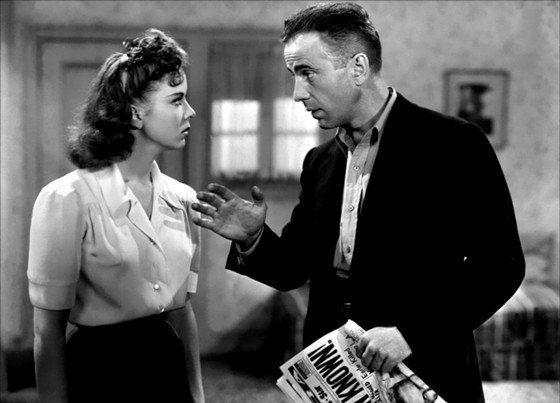
Humphrey Bogart was a successful supporting actor in Hollywood by the time he starred in John Huston’s 1941 film noir titled, High Sierra. At the time, Bogart was a good friend of the director, who considered Bogart a drinking partner. High Sierra follows the story of an old gangster who wants to pull a job at a swanky California hotel, when Roy Earle, played by Humphrey Bogart, is brought in to be the muscle.
Replete with narrow escapes and dark scenes you expect from film noir, this film also sees Bogart playing the role he was perhaps best known for, that of a conflicted gangster, against the beautiful background of the Sierra mountains. When this picture was made, the studio was at odds with several actors over the roles they were given and the money they were to be paid. Bogart himself felt the studio was so cheap; he opted to buy his own suits and did so in many of his films. In High Sierra he even brought his own dog, Zero, to play the pet dog of his character, Roy.
High Sierra is considered the first film role Bogart was given where he was allowed to be more than just “the heavy” and really show off his ability to portray more than a 2-dimensional thug. Starring in High Sierra would see Bogart step out of B-movies and into the limelight, building a legacy around the brooding, self-loathing troublemaker with a heart of gold.
9. Jezebel (1938) – Henry Fonda
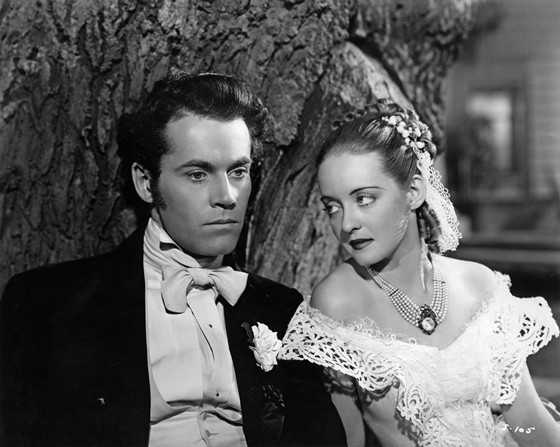
An established and successful stage actor, the 1939 romantic drama, Jezebel, was Henry Fonda’s first film role ever. Directed by William Wyler, Jezebel sees a southern woman during the late 18th century make decisions that cost her the man she loves. Henry Fonda plays the man she loves. The film itself is difficult to watch, with painful scenes of humiliation and regret throughout the film.
Fonda’s performance is powerful, with his signature control of emotion and proud disposition shining through. His promise as a film actor must have been significant as Bette Davis, then a strong actor with a successful career, hand picked Fonda to play opposite her in this film. Fonda would go on to play characters from serious to comedic, proving he had the range to stand up next to Hollywood giants and take his place as a screen legend.
10. The Strange Love of Martha Ivers (1946) – Kirk Douglas
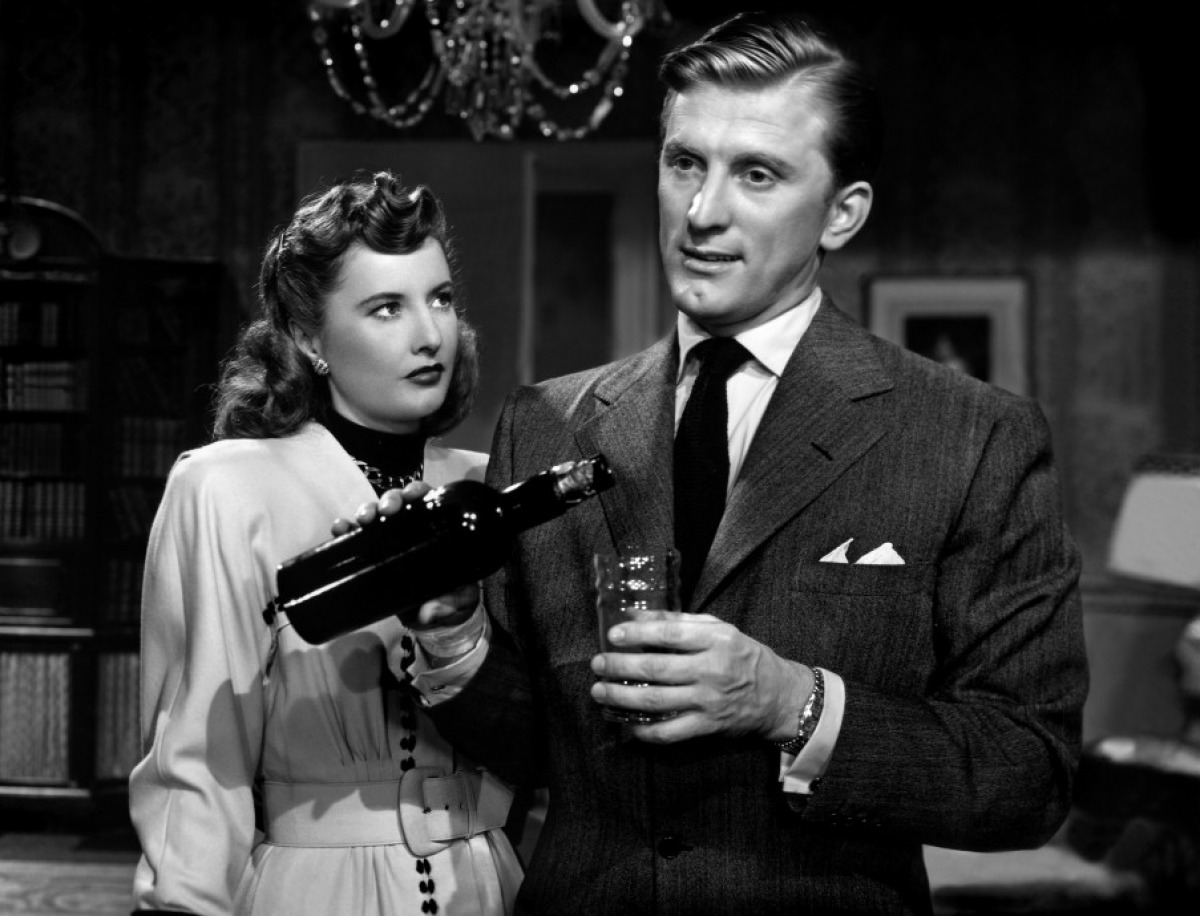
Kirk Douglas stepped off the stage and into film at the recommendation of his friend Lauren Bacall, who proposed Douglas as an actor to consider for the role of Walter O’Neil in The Strange Love of Martha Ivers. The director, Hal. B. Wallis, was looking for a young new actor for the part, and Bacall felt Douglas was the perfect choice. Douglas got the role and stars opposite Barbara Stanwyck in this film noir classic.
Unlike Douglas’ other films, the role of O’Neil saw Douglas play a man who was a slave to alcohol and unable to stand up for himself against an abusive wife. The role must have left a bad taste in the mouth of Kirk Douglas, since this was the first and last time Douglas played the role of a weak man in any of his movies. Despite the displeasure with playing a flaccid character, critics and fellow actors alike praised Douglas’ ability to bring that signature quality of character to the screen. Douglas’ singular manner on screen would take hold in The Strange Love of Martha Ivers and set Kirk Douglas up to take the film world by storm.
While some screen legends fell into stardom after ending up on the studio lot as an extra and still others made their way to the top after establishing their career in theater, they all have one thing in common: becoming a screen legend started when someone took a chance on them as an unknown. Watch this series of films to see what it looks like for a nobody to become somebody in just about 60 minutes of screen time.